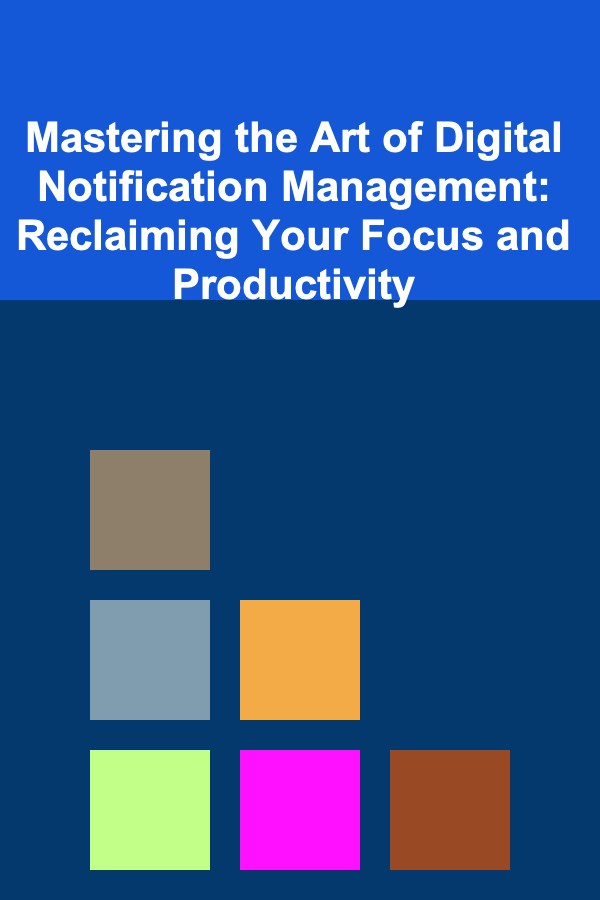
Mastering the Art of Digital Notification Management: Reclaiming Your Focus and Productivity
ebook include PDF & Audio bundle (Micro Guide)
$12.99$6.99
Limited Time Offer! Order within the next:

In today's hyper-connected world, we are constantly bombarded with digital notifications. From social media alerts and email reminders to app updates and news headlines, the sheer volume of these interruptions can be overwhelming. While notifications are designed to keep us informed and connected, their relentless intrusion often leads to decreased focus, reduced productivity, and increased stress. Learning to effectively manage digital notifications is no longer just a helpful skill; it's a crucial necessity for maintaining mental well-being and achieving optimal performance in both personal and professional life. This article delves into the multifaceted challenge of notification management, exploring the underlying psychological mechanisms, practical strategies, and long-term habits required to regain control over our digital lives.
The Psychological Impact of Constant Notifications
Understanding the psychological effects of notifications is the first step towards mitigating their negative impact. The constant stream of alerts triggers several cognitive and emotional responses that contribute to decreased focus and overall well-being:
The Dopamine Loop and Habit Formation
Notifications often trigger a release of dopamine, a neurotransmitter associated with pleasure and reward. This creates a positive feedback loop, encouraging us to constantly check our devices, even when there's no pressing reason to do so. The anticipation of a potentially interesting or important notification becomes addictive, driving compulsive behavior and making it difficult to resist the urge to check our phones or computers. This constant checking behavior reinforces the notification habit, making it harder and harder to break free.
Attention Fragmentation and Cognitive Overload
Each notification, even a fleeting glance, disrupts our train of thought and requires cognitive resources to process. This attention fragmentation reduces our ability to focus deeply on tasks and increases the likelihood of errors. Cognitive overload occurs when we are bombarded with more information than our brains can effectively handle, leading to feelings of stress, anxiety, and mental fatigue. The constant influx of notifications contributes significantly to this overload, making it difficult to concentrate and perform at our best.
Increased Stress and Anxiety
The fear of missing out (FOMO) and the pressure to respond promptly to messages and emails can contribute to increased stress and anxiety levels. Notifications can create a sense of urgency, even when the information is not time-sensitive, leading to a feeling of being constantly "on call" and unable to disconnect. This chronic stress can have long-term negative consequences for both mental and physical health.
Reduced Productivity and Creativity
Numerous studies have demonstrated a strong correlation between frequent notifications and decreased productivity. The constant interruptions disrupt our flow state, the state of deep immersion in a task that is crucial for creativity and innovation. It can take several minutes to regain focus after each interruption, significantly reducing the amount of time we can dedicate to deep, meaningful work. This fragmented attention also hinders our ability to think critically and creatively, as our minds are constantly distracted by external stimuli.
Strategies for Effective Notification Management
Fortunately, there are many effective strategies that can help us regain control over our digital notifications and mitigate their negative impact. These strategies can be broadly categorized into proactive measures, reactive techniques, and long-term habit formation.
Proactive Measures: Preventing Unnecessary Interruptions
The most effective approach to notification management is to proactively prevent unnecessary interruptions. This involves carefully configuring notification settings on our devices and applications to ensure that we only receive alerts for truly important information.
- Audit Your App Notifications: Go through each app on your phone and computer and carefully assess whether you truly need to receive notifications from it. Disable notifications for apps that are not essential or that tend to send irrelevant or promotional alerts. Be ruthless. If you haven't missed anything important from an app with notifications turned off for a week, consider deleting the app entirely.
- Customize Notification Settings: Most apps offer a range of customization options for notifications. Instead of simply turning notifications on or off, explore these options to fine-tune the types of alerts you receive. For example, you might choose to receive notifications only for direct messages or mentions in social media apps, rather than for every like or comment. In email, filter your important contacts into a VIP list that triggers notifications, while other emails are processed at dedicated times.
- Utilize Focus Modes and Do Not Disturb Features: Both iOS and Android offer built-in features that allow you to temporarily silence notifications or restrict them to specific apps and contacts. Schedule these modes to activate automatically during work hours, meetings, or periods when you need to focus on a specific task. Consider using custom Focus modes for different activities (e.g., "Writing," "Reading," "Family Time") with tailored notification settings for each.
- Leverage Notification Summaries and Scheduled Deliveries: Many apps offer features that allow you to bundle notifications and deliver them at specific times of the day. This prevents constant interruptions while still keeping you informed. For example, you might choose to receive a summary of news headlines or social media updates once in the morning and once in the evening, rather than constantly being bombarded with individual alerts.
- Turn Off Visual Badges and Sound Alerts: Visual badges (the little red circles on app icons) and sound alerts are designed to grab our attention and trigger a desire to check our devices. Turning these off can significantly reduce the urge to constantly check our phones or computers. Consider using vibration only for truly urgent notifications.
- Unsubscribe from Unnecessary Email Lists: Take the time to unsubscribe from email newsletters and promotional emails that you no longer find valuable. This will reduce the volume of emails in your inbox and minimize the number of potential distractions. Consider using a dedicated email address for subscriptions to further filter out unwanted communications.
- Use Web Browser Extensions for Focus: Web browser extensions like StayFocusd, Freedom, and Cold Turkey can block distracting websites and limit the amount of time you spend on social media or other time-wasting activities. These tools can help you stay focused on your work and avoid getting sidetracked by notifications and other online distractions.
Reactive Techniques: Managing Notifications in the Moment
Even with proactive measures in place, it's inevitable that we will still receive some notifications that require our attention. The key is to manage these notifications effectively, without allowing them to derail our focus and productivity.
- Batch Process Notifications: Instead of responding to notifications immediately, set aside specific times of the day to check and process them. This allows you to focus on your work without constant interruptions and prevents you from getting sucked into a rabbit hole of responding to messages and emails. Schedule these "notification processing" times in your calendar, just like any other important task.
- Prioritize and Filter Notifications: When you do check your notifications, prioritize them based on their urgency and importance. Respond to urgent matters immediately, but defer less important tasks to a later time. Use filters and labels to organize your notifications and make it easier to identify the most important ones.
- Use the "Four D's" of Email Management: When processing email notifications, apply the "Four D's" framework: Delete (delete unnecessary emails immediately), Delegate (delegate tasks to others if possible), Defer (defer less important tasks to a later time), and Do (respond to urgent tasks immediately).
- Resist the Urge to Immediately Check Notifications: When you feel the urge to check your notifications, try to resist the impulse for a few minutes. Often, the urge will pass, and you'll realize that the notification wasn't actually that important. Practice mindfulness techniques to become more aware of your urges and develop the ability to resist them.
- Create a "Notification-Free Zone": Designate specific areas in your home or office as "notification-free zones" where you are not allowed to use your phone or computer. This could be your bedroom, dining room, or a quiet corner of your office. This allows you to disconnect from the digital world and focus on the present moment.
- Communicate Your Availability: Let your colleagues, friends, and family know when you are available to respond to messages and emails. This will help to manage their expectations and reduce the pressure to respond immediately. Use features like "out of office" messages or "do not disturb" status to signal when you are unavailable.
Long-Term Habit Formation: Cultivating a Healthy Relationship with Technology
Effective notification management is not just about implementing specific strategies; it's about cultivating a healthy long-term relationship with technology. This requires a conscious effort to break free from addictive patterns and develop new habits that support focus, productivity, and well-being.
- Practice Digital Minimalism: Embrace a philosophy of digital minimalism, which involves intentionally decluttering your digital life and using technology in a more deliberate and mindful way. This might involve deleting unnecessary apps, unsubscribing from email lists, and reducing your time spent on social media.
- Set Boundaries for Technology Use: Establish clear boundaries for technology use in your personal and professional life. This might involve setting specific times of the day when you are not allowed to use your phone or computer, or limiting your time spent on social media to a certain amount each day.
- Cultivate Mindfulness and Self-Awareness: Practice mindfulness techniques to become more aware of your thoughts, feelings, and urges related to technology use. This will help you to identify your triggers and develop the ability to resist impulsive behaviors. Meditation, yoga, and deep breathing exercises can be helpful for cultivating mindfulness.
- Engage in Offline Activities: Make time for activities that don't involve technology, such as spending time in nature, reading a book, or engaging in a hobby. This will help you to disconnect from the digital world and recharge your batteries.
- Prioritize Real-World Connections: Invest in building and maintaining strong relationships with people in the real world. This will help to reduce your reliance on social media and other online platforms for social connection.
- Track Your Progress and Make Adjustments: Monitor your progress in managing your notifications and make adjustments to your strategies as needed. Experiment with different techniques and find what works best for you. Be patient and persistent, as it takes time to break old habits and develop new ones.
- Regularly Re-evaluate Your App Usage: Periodically (e.g., quarterly) review the apps you have installed and the notifications you've enabled. Ask yourself: "Is this app still serving a valuable purpose in my life?" and "Are these notifications truly necessary?". Don't be afraid to delete apps that no longer align with your goals or that contribute to digital distraction.
The Importance of Customization and Experimentation
It's crucial to remember that there's no one-size-fits-all approach to notification management. What works for one person may not work for another. The key is to experiment with different strategies and techniques until you find a system that works best for your individual needs and preferences. Consider your work style, personal habits, and the specific demands of your job when designing your notification management system. Be willing to adjust your approach over time as your needs change.
For instance, a social media manager may need to keep certain notifications enabled to stay on top of trends and engage with their audience. However, they can still implement strategies to batch process these notifications and avoid constant interruptions. A software developer, on the other hand, may prioritize completely silencing all non-essential notifications during focused coding sessions.
The Benefits of Effective Notification Management
The benefits of effectively managing digital notifications extend far beyond increased productivity. By regaining control over our attention and reducing digital distractions, we can experience a wide range of positive outcomes:
- Improved Focus and Concentration: Reduced distractions allow for deeper focus and improved concentration, leading to better performance in work and other activities.
- Increased Productivity: By minimizing interruptions and reclaiming valuable time, we can accomplish more in less time.
- Reduced Stress and Anxiety: Less pressure to respond to notifications and a greater sense of control over our time can lead to reduced stress and anxiety levels.
- Enhanced Creativity and Innovation: A calmer and more focused mind is more conducive to creativity and innovation.
- Improved Mental Well-being: Reducing digital distractions and prioritizing real-world connections can contribute to improved mental well-being and a greater sense of happiness.
- Stronger Relationships: By being more present and engaged in our interactions with others, we can strengthen our relationships and build deeper connections.
- Increased Time for Meaningful Activities: By reclaiming time from digital distractions, we can dedicate more time to activities that are meaningful and fulfilling, such as spending time with loved ones, pursuing hobbies, or volunteering in our community.
Conclusion: Embracing a Mindful Approach to Technology
In conclusion, mastering the art of digital notification management is an essential skill for navigating the challenges of the modern world. By understanding the psychological impact of constant notifications, implementing proactive and reactive strategies, and cultivating healthy long-term habits, we can regain control over our attention, improve our productivity, and enhance our overall well-being. It's about intentionally designing our digital environment to support our goals and values, rather than allowing it to dictate our lives. The key is to embrace a mindful approach to technology, using it as a tool to enhance our lives rather than allowing it to control us. Take the time to experiment, find what works best for you, and consistently refine your approach. The rewards -- increased focus, reduced stress, and a greater sense of control -- are well worth the effort.
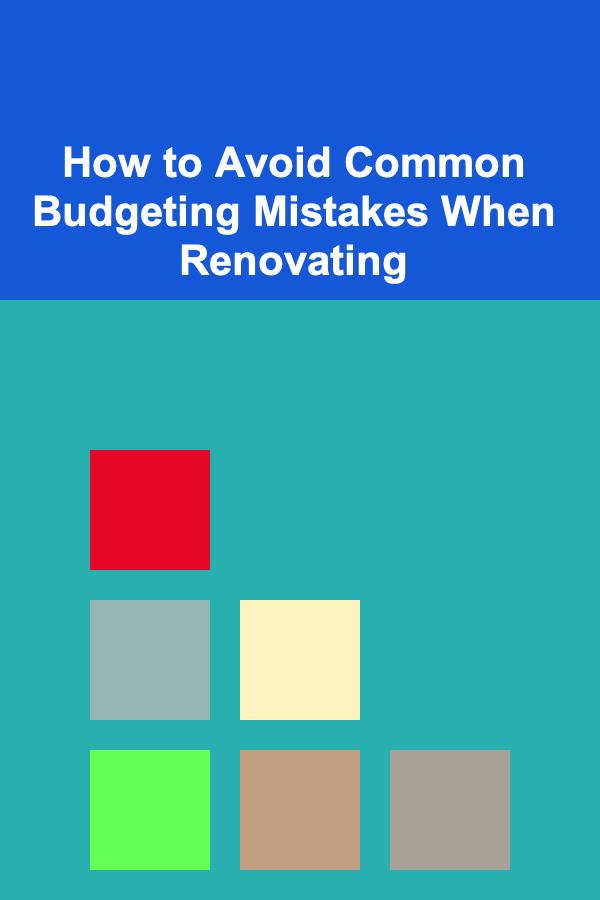
How to Avoid Common Budgeting Mistakes When Renovating
Read More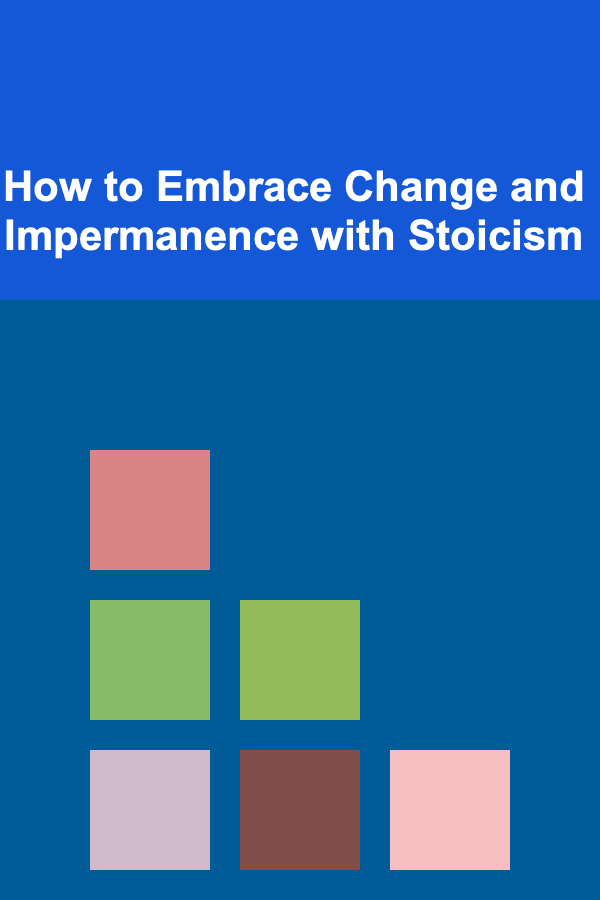
How to Embrace Change and Impermanence with Stoicism
Read More
How to Use Mason Jars for Organizing Small School Items
Read More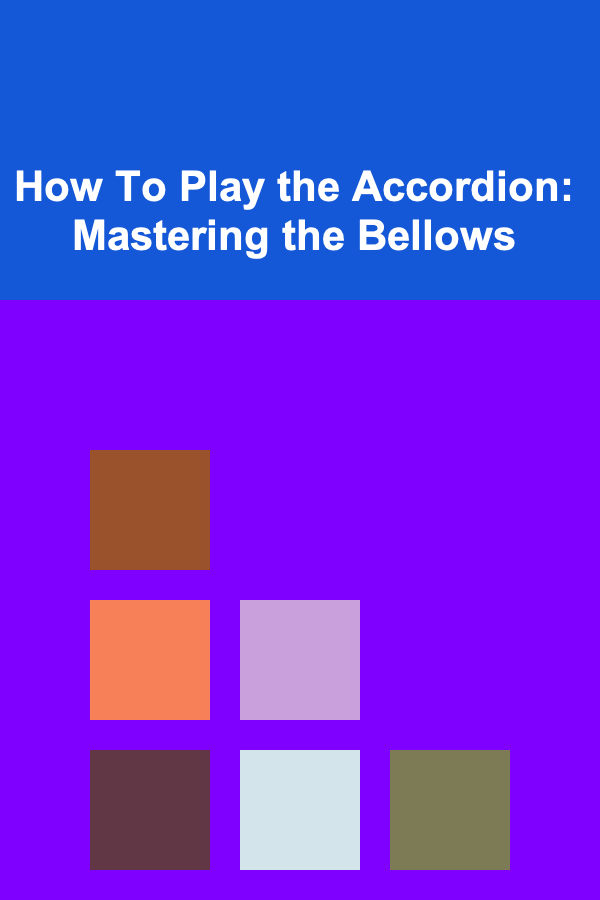
How To Play the Accordion: Mastering the Bellows
Read More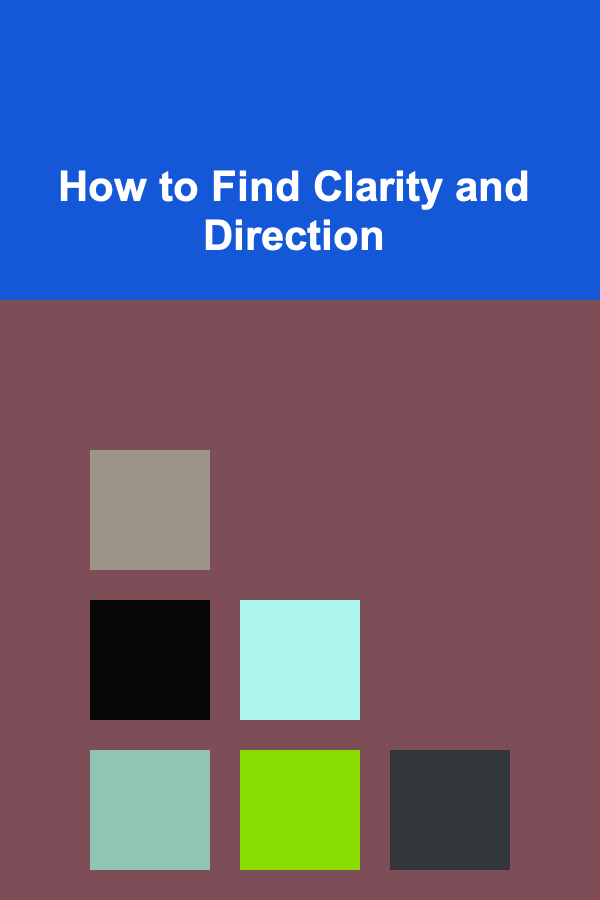
How to Find Clarity and Direction
Read More
How to Style Party Favor Boxes for Instagram-Worthy Photos
Read MoreOther Products

How to Avoid Common Budgeting Mistakes When Renovating
Read More
How to Embrace Change and Impermanence with Stoicism
Read More
How to Use Mason Jars for Organizing Small School Items
Read More
How To Play the Accordion: Mastering the Bellows
Read More
How to Find Clarity and Direction
Read More